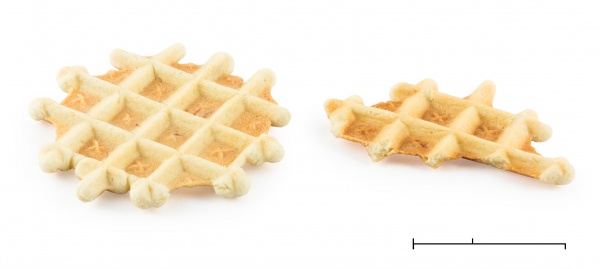Facts About Kue gapit
Kue gapit is a delightful Indonesian snack originating from Cirebon in West Java. This crispy delicacy, primarily made from tapioca flour, earns its name from the unique method of cooking—sandwiched between iron molds, similar to a waffle iron.
While it enjoys popularity among tourists who often purchase it as a souvenir, the locals of Cirebon do not typically consume it. The preparation of kue gapit involves a straightforward process: combining tapioca flour, eggs, coconut water, salt, sugar, and a hint of cinnamon. This mixture is then grilled in molds, and once cooked, the kue is stored for future enjoyment.
One of the enjoyable aspects of kue gapit is its variety of flavors. Available in chocolate, sesame seed, cheese, ginger, prawn, and balado (a spicy seasoning), these flavors are blended into the mixture during preparation, offering something to satisfy every palate.
Kue gapit distinguishes itself from similar snacks like semprong and simping by being smaller and thicker. This traditional Cirebon snack is not just a delightful treat but also an important part of the local economy, providing income for many through its production.
Interestingly, despite its cultural significance, the residents of Cirebon do not consume kue gapit regularly. This may be due to a lack of awareness about its heritage value and the wide availability of factory-made snacks in the region.

 Timor Leste
Timor Leste